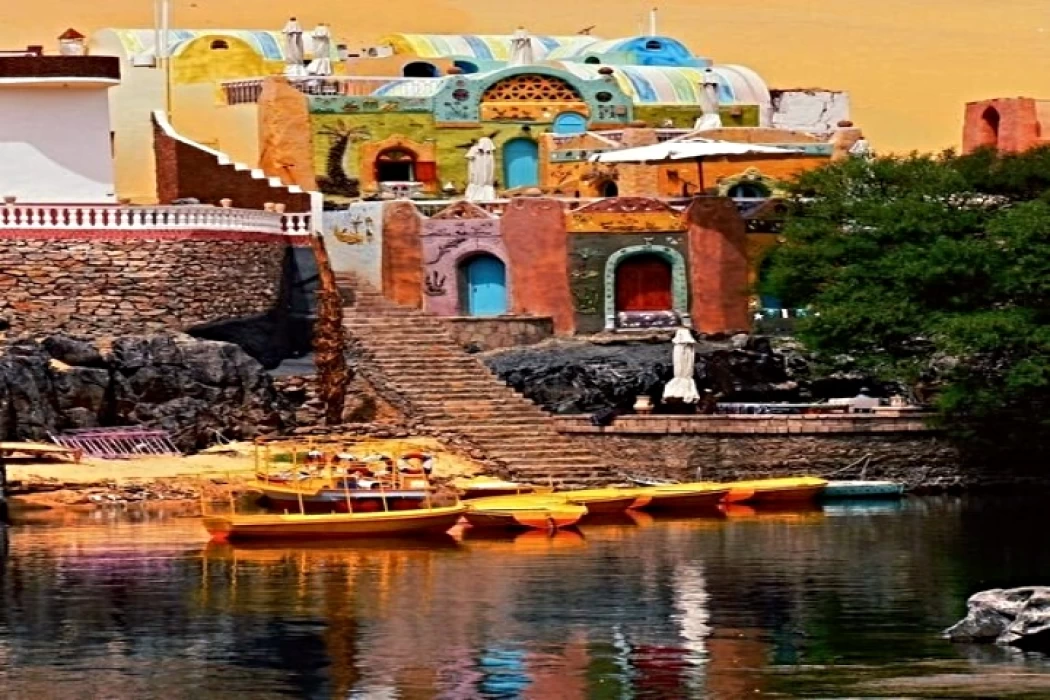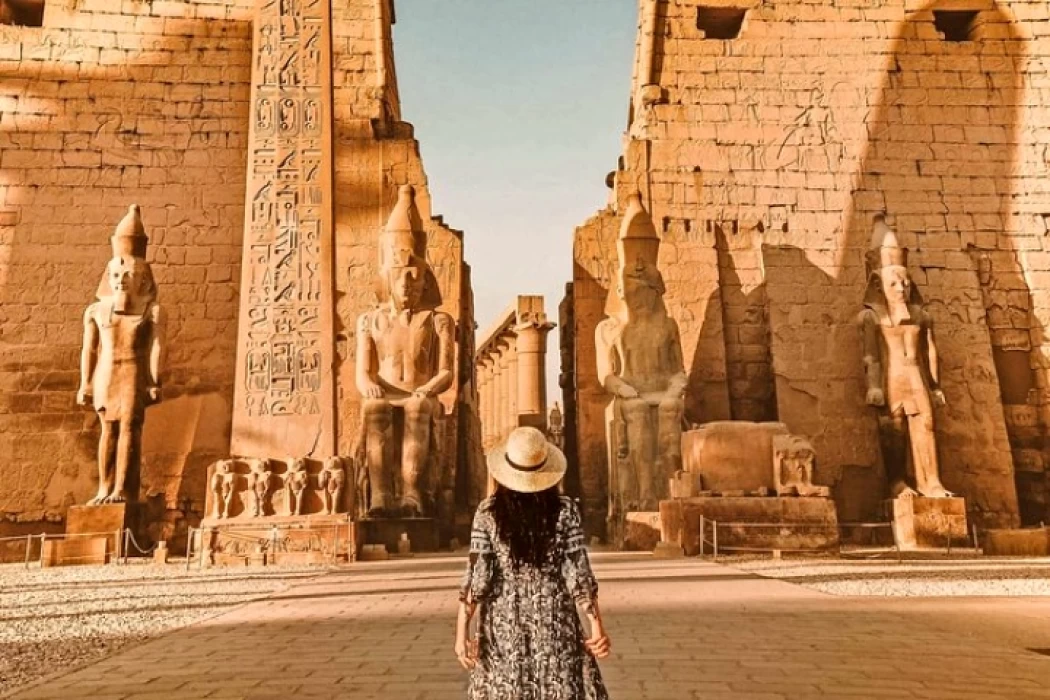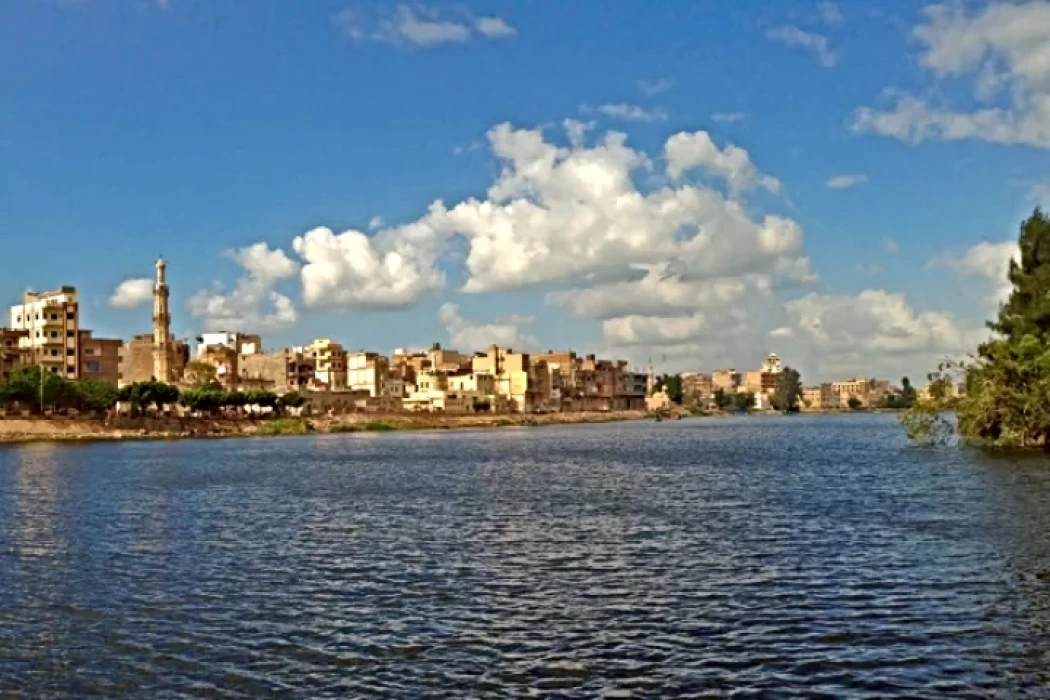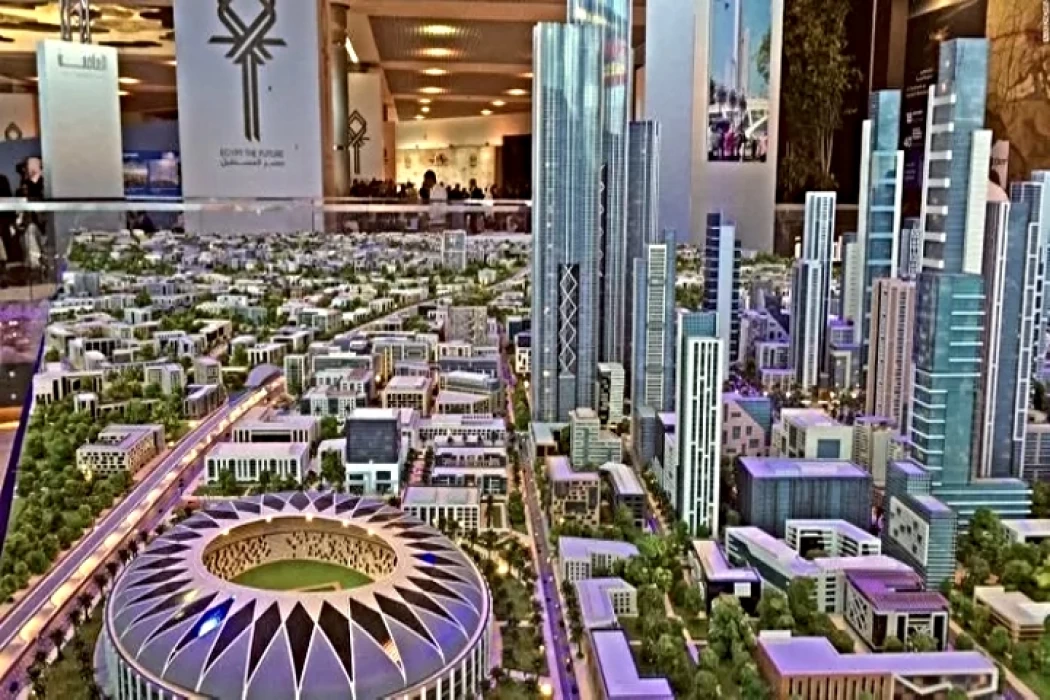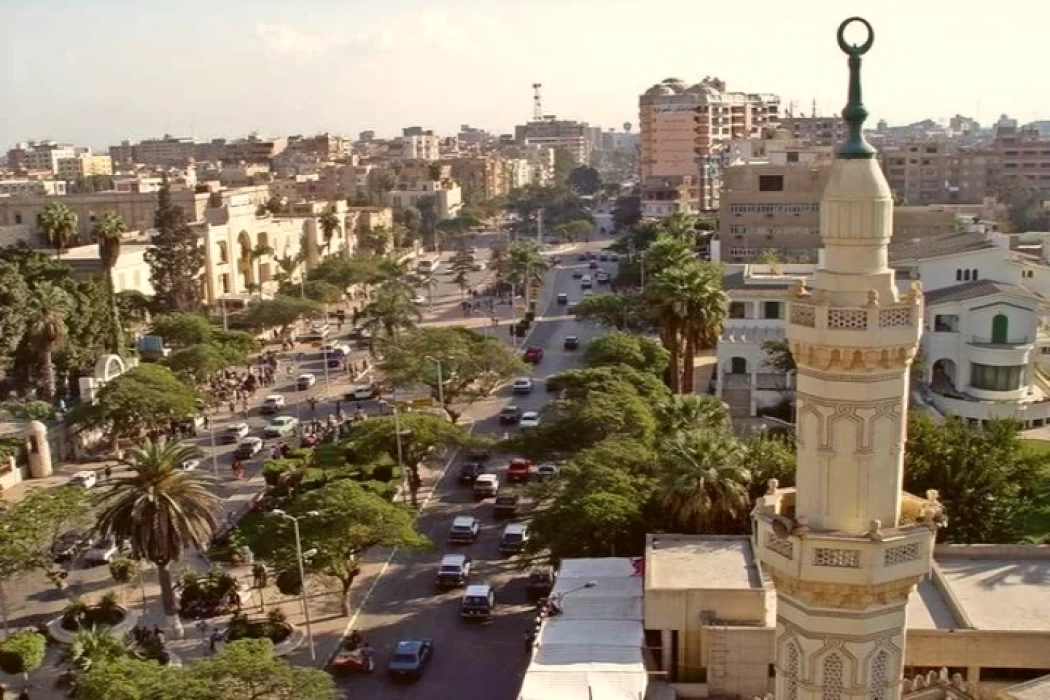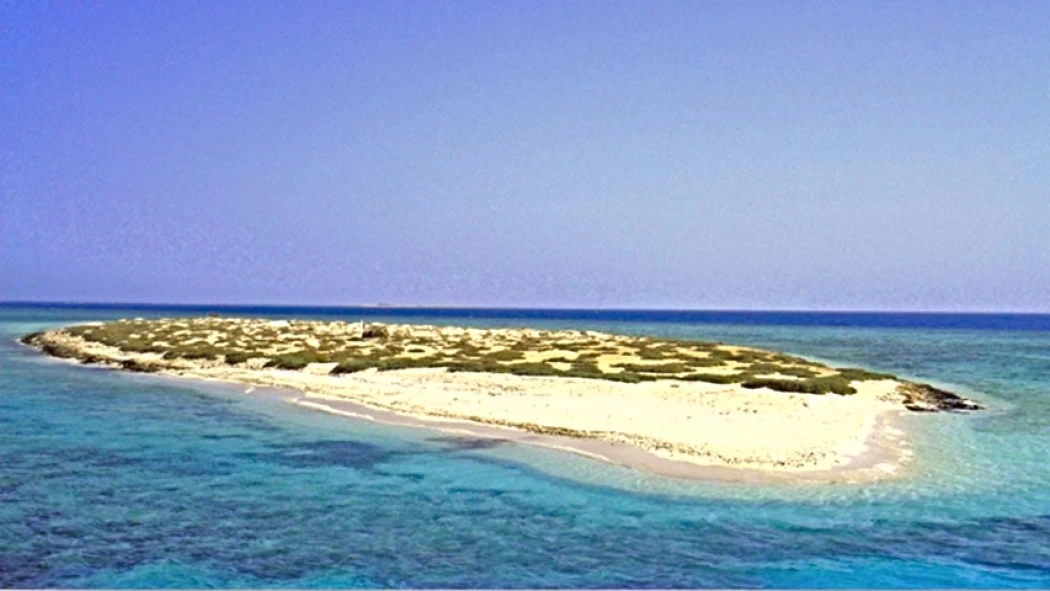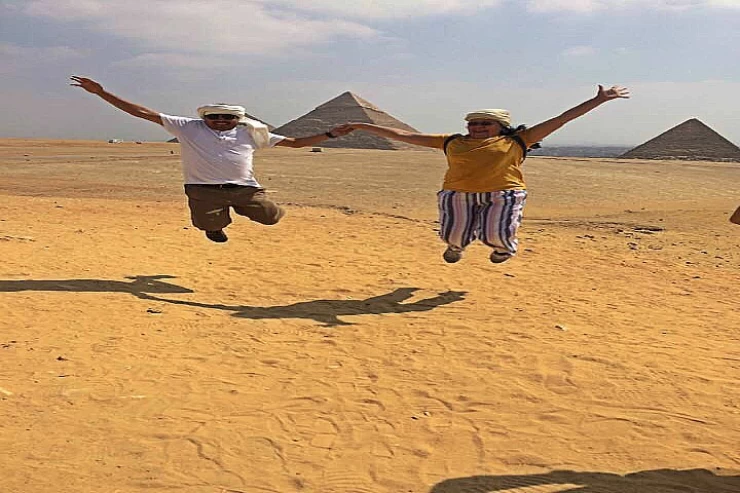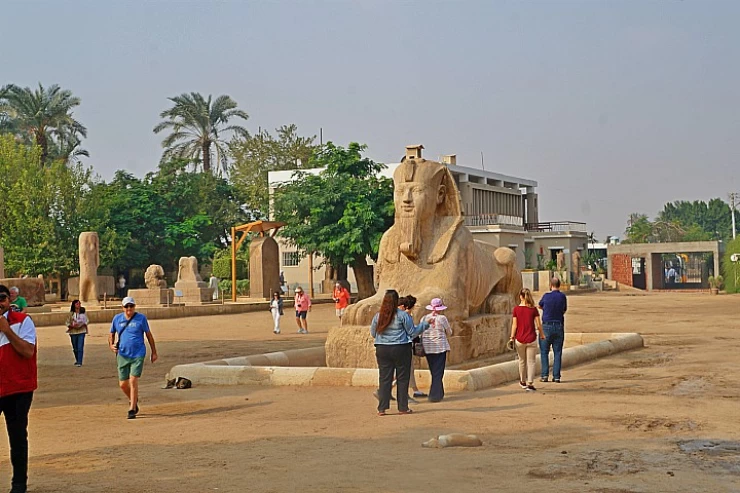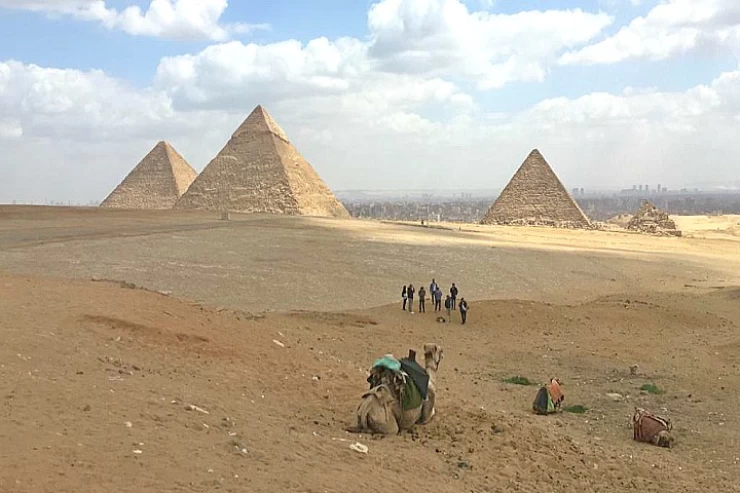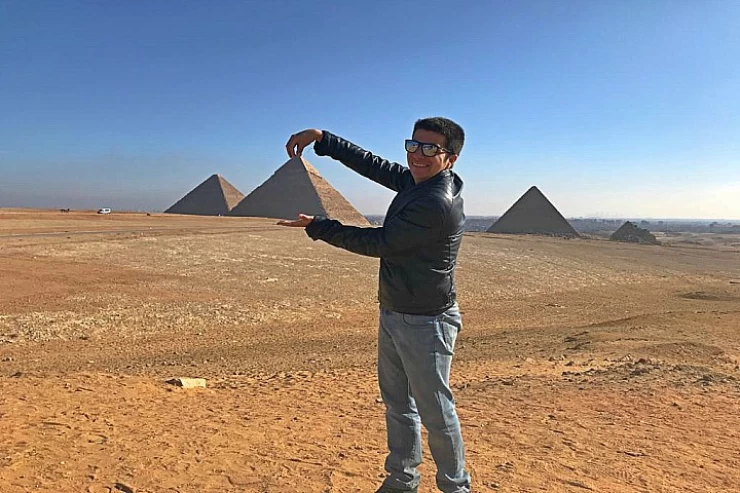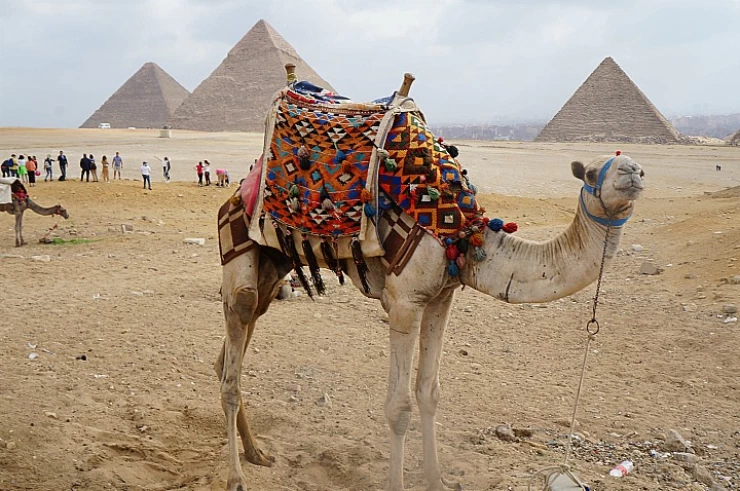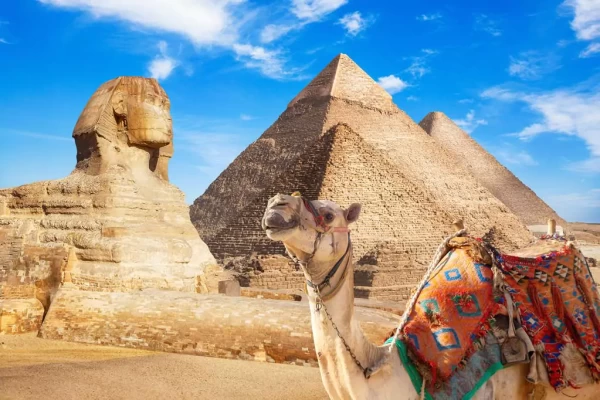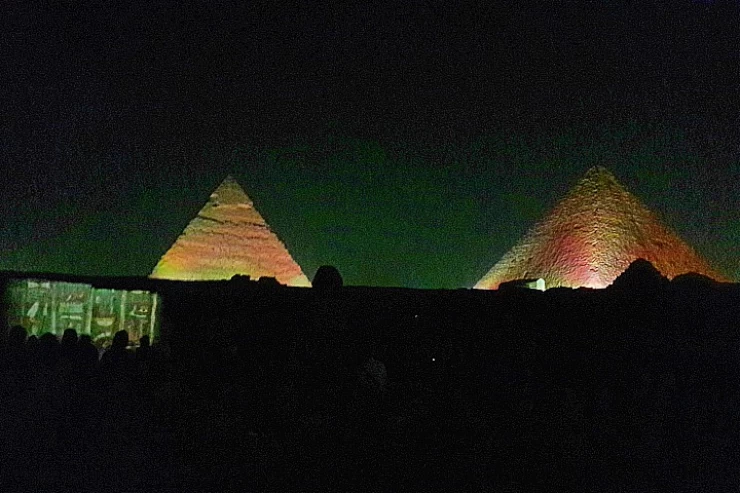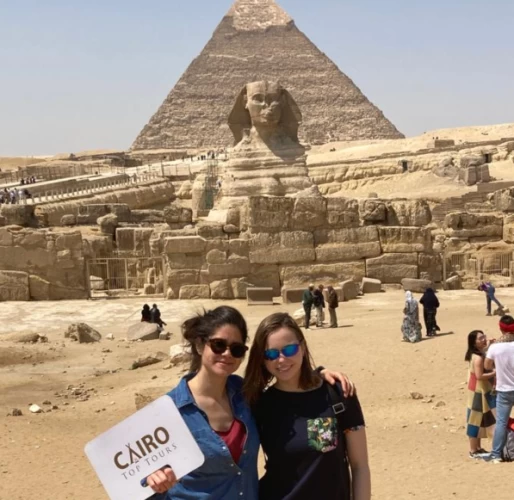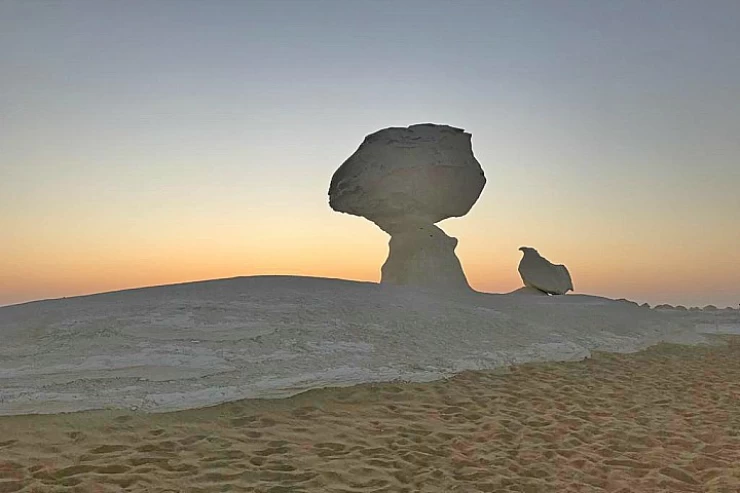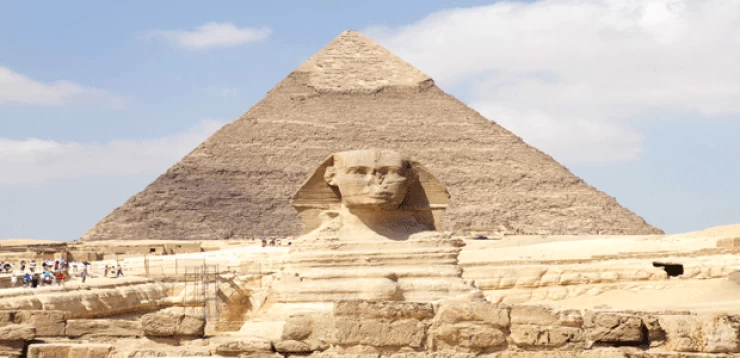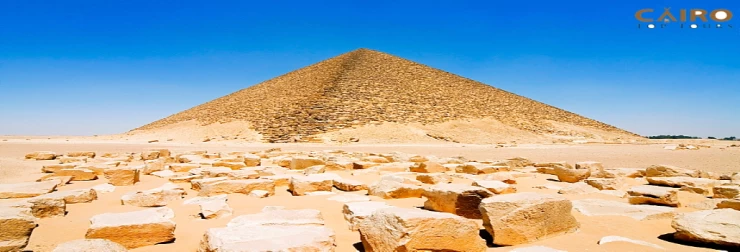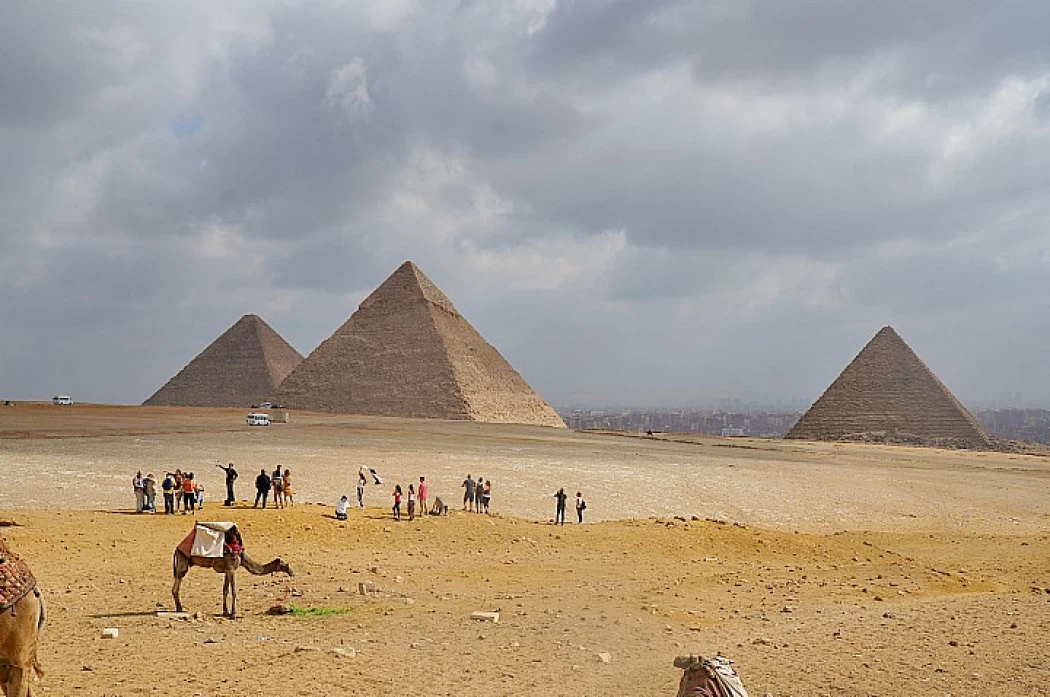
Giza Pyramids | Necropolis of Giza
Facts about Giza Pyramids
Constructed by ancient Egyptians for thousands of years, despite the myths and tales circulated by some about the fact that the pyramids were built, which some claim were carried out by witchcraft, elves or aliens, However, it is totally inconsistent with the proven fact that it is the greatness of creativity and construction in the ancient Egyptian The pyramids of Giza include the pyramids of the Fourth Dynasty, Khufu, and his son Khafra and his grandson Mankaur, as well as the famous Sphinx statue, each with a different tale.
The construction of the Great Pyramid dates back to about 2,500 BC s father, King Snefro, was influenced during the construction of his own pyramid. After his death, the God became the God of the Lord Horus on Earth, It was then necessary to consider building his own cemetery, which was the first national project in ancient Egypt. and was built jointly by professional workers from all over Egypt, and remained the Great Pyramid with its original altitude 148 metres for about 3800 years, which is the pump of human construction.
The Khafra Pyramid, the second pyramid in terms of governance, built by King Khafra, the fourth king of the Fourth Dynasty, son of King Khovu, ruled Egypt for 26 years, and married Princess Marras Ankh, is less high than his father's pyramid "Khovu", reaching 143 metres and now only 136 metres high due to various natural factors affecting the size of the pyramid.
The Khufu pyramid was built on 215 square metres, has two entrances from the northern side, and continues to retain part of its exterior cladding at the top. The Khufra pyramid is located south-west of the Khufu pyramid, with a height of 143.5 metres and a length of 215.5 metres each and an angle of 53.10 m. Located at ground level, the entrance leads to a descending passage, its granite ceiling and its slope angle of 22 ° C.
The Pyramid of Minkaur is the third and smallest of the pyramids of Giza, built by Pharaoh Minkaur, son of King Khafra and grandson of King Khofu, It is 65.5 metres high, and because of its vulnerability to climatic factors it reached 62 metres high after the fall of its outer cloth, Each rib is 108.5 metres long, the angle of its 51°20′25 mile and its entrance is north. The entrance is about 4 metres above the Earth's surface and leads to a 31 metre landing landing lane, with a simple slope angle of about 17 degrees.
The smaller limestone pyramid was built, but the extinct chose to build the lower part of the granite, which was brought from Aswan by the River Nile, and the high coverage of granite stones is about 17 meters, and the rest of the coverage was done with white tip stones up to an altitude of 5 and 65 meters. To the south of a sunken pyramid there are three pyramids devoted to queens that extend towards the east of the Queen's first pyramid.
Latest Articles
Admin
Aswan Governerate in Egypt
One of Egypt's southern governorates is Aswan Governorate. The city of Aswan serves as its capital. At a latitude of 22 north of the equator (also known as the Tropic of Cancer), it is bounded to the north by the Qena Governorate, to the east by the Red Sea Governorate, to the west by the New Valley Governorate, and to the south by the Republic of Sudan.
Admin
Luxor Governorate Egypt
The capital of the Arab Republic of Egypt is Luxor City, which was once known as "Thebes City" because it served as Egypt's capital during the Pharaonic era. It is situated in the South Upper Egypt region, approximately 670 kilometers from the capital Cairo from the south. It is bordered on the north by Qena Governorate, on the south by Aswan Governorate, on the east by Red Sea Governorate, and on the west by New Valley Governorate.
Admin
History of kafr El Sheikh Governorate
Kafr El Sheikh Governorate is an Egyptian governorate, located in the northernmost part of Egypt in the Nile Delta, with Kafr El Sheikh as its capital. It had a population of 3,172,753 in 2015 and an area of 3,748 km². Its entire area is located north of the delta and overlooks the Mediterranean Sea. The main economic activity of the residents of the governorate is agriculture and fishing, especially the southern lands of the governorate and the lands overlooking the Nile River - Rosetta Branch.
Admin
Egypt's New Administrative Capital
The New Administrative Capital is located between the Cairo-Suez and Cairo-Ain Sokhna roads, 60 km from Cairo and the same distance from Ain Sokhna and Suez. The New Administrative Capital is located on the border of Badr City, in the area between the Cairo-Suez and Cairo-Ain Sokhna roads, just after New Cairo, Mostakbal City and Madinaty.
Admin
Al Gharbia Governorate
Gharbia Governorate is one of the governorates full of archaeological sites, whether they are places or facilities (mosques, churches), as the governorate is a destination for visitors to these places throughout the year, whether they are Egyptians from the different governorates.
Admin
Hamata Islands (Qulaan Archipelago) in Marsa Alam
The Hamata area, south of Marsa Alam in the Red Sea, is one of the most important parts of the Wadi El Gemal Reserve, whether in the desert or the sea. It was named after the sorrel plant, which was distorted to Hamata.
